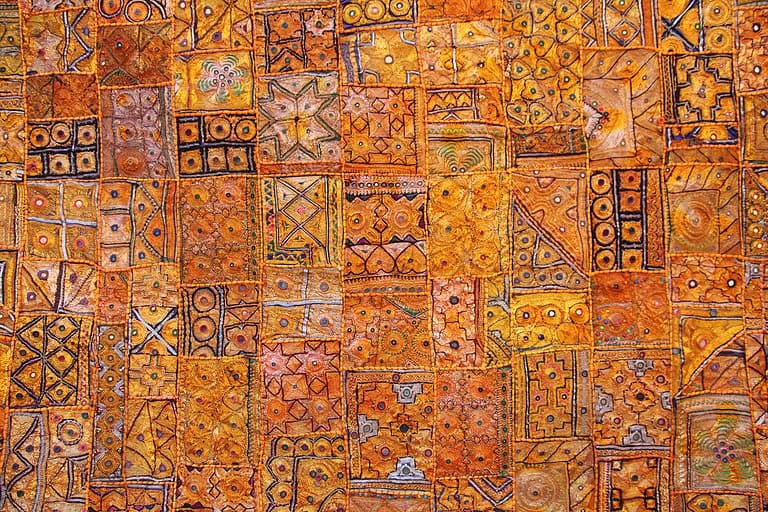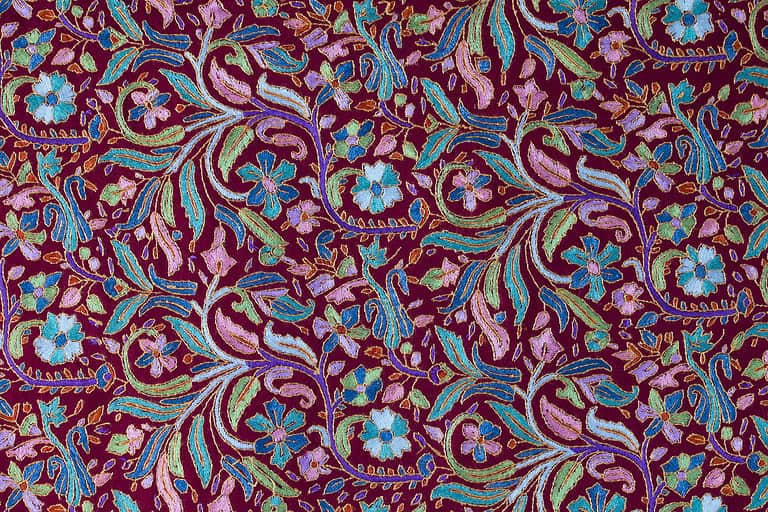Rugs add warmth, texture, and cultural heritage to any space, but not all rugs are created equal. Two of the most well-known and widely loved rug styles are the kilim rug and the Persian rug. While both have deep historical roots and exceptional craftsmanship, they differ significantly in design, construction, and use.
If you’re trying to decide between a kilim rug and a Persian rug, this guide will help you understand their key differences and choose the right one for your home.
1. Weaving Technique and Construction
The primary distinction between kilim and Persian rugs lies in their weaving methods.
- Kilim Rugs:
- Made using a flatweave technique, meaning they are woven on a loom rather than knotted.
- Have no pile, making them thinner and lightweight.
- Feature a tight, interwoven design where the warp and weft threads create the pattern.
- Often reversible, with identical patterns on both sides.
- Persian Rugs:
- Made using a hand-knotted technique, creating a plush, soft texture.
- Have a pile, which can range from low to high, depending on the density of knots.
- Require a longer production process, sometimes taking months or even years to complete.
- Unique knots, such as the Persian (asymmetrical) knot, contribute to their intricate detailing.
2. Design and Patterns
Both kilim and Persian rugs showcase exquisite designs, but their styles are distinct.
- Kilim Rugs:
- Typically feature geometric patterns, including diamonds, triangles, and bold linear motifs.
- Have a simplified, abstract aesthetic, often with tribal influences.
- Colours are usually earthy tones like red, blue, beige, and orange.
- The lack of pile gives them a flat, minimalist look that suits modern and bohemian interiors.
- Persian Rugs:
- Known for highly intricate floral, vine, and medallion patterns.
- Designs are influenced by regional styles, such as Isfahan, Kashan, and Tabriz patterns.
- Colours are often deep and rich, including burgundy, navy, and gold.
- Their detailed, decorative look makes them ideal for traditional and classic interiors.
3. Material and Durability
The choice of material affects the rug’s feel, durability, and maintenance.
- Kilim Rugs:
- Made primarily from wool or cotton, making them soft but durable.
- Their flatweave construction makes them less likely to trap dirt, making them easier to clean.
- Best suited for low-traffic areas like bedrooms and offices, though they can work in living spaces with proper care.
- Persian Rugs:
- Often made from wool, silk, or a blend of both, giving them a luxurious texture.
- Their high knot count makes them extremely durable, often lasting generations.
- Ideal for high-traffic areas, as the dense pile helps withstand wear and tear.
4. Cost and Investment Value
Both kilim and Persian rugs are valuable, but their pricing varies due to differences in craftsmanship.
- Kilim Rugs:
- Generally more affordable due to the faster weaving process.
- Prices vary based on size, material, and region of origin.
- A great option for those looking for a budget-friendly, handmade rug.
- Persian Rugs:
- Considered luxury rugs, especially those made from silk or with high knot density.
- Prices can be significantly higher, with antique Persian rugs being collector’s items.
- A well-maintained Persian rug can increase in value over time, making it an investment piece.
5. Best Uses in Home Décor
Your choice between a kilim or Persian rug may depend on your interior style and practical needs.
- Kilim Rugs:
- Perfect for bohemian, Scandinavian, and contemporary homes.
- Their lightweight nature makes them versatile for wall hangings, furniture throws, or floor rugs.
- Ideal for layering over larger rugs or placing in casual living spaces.
- Persian Rugs:
- Best suited for classic, luxurious interiors that embrace traditional décor.
- Works well in formal living rooms, dining areas, and hallways.
- Can serve as statement pieces, adding elegance and depth to any space.
Which Rug Is Right for You?
- Choose a kilim rug if you want:
- A lightweight, flatweave rug with a geometric design.
- A more affordable option that works in modern and bohemian spaces.
- A versatile rug that can be used on floors, walls, or furniture.
- Choose a Persian rug if you want:
- A luxurious, high-pile rug with intricate patterns.
- A durable, long-lasting rug that can be a family heirloom.
- A timeless, elegant rug that suits traditional interiors.
Final Thoughts
Both kilim rugs and Persian rugs are exceptional choices, offering unique beauty and craftsmanship. If you prefer a lightweight, geometric design with a casual feel, a kilim rug is perfect. If you want a plush, detailed, and investment-worthy piece, a Persian rug is the way to go.
At Twickenham Rug Company, we offer a stunning collection of both kilim rugs and Persian rugs to suit every home style. Browse our collection today and find the perfect rug for your space.
FAQs
Are kilim rugs more durable than Persian rugs?
Kilim rugs are durable but best suited for low-traffic areas. Persian rugs, with their thick pile, are more resistant to wear and tear.
Can I use a kilim rug in a high-traffic area?
Yes, but it’s best to use a rug pad underneath to prevent slipping and reduce wear.
Why are Persian rugs more expensive than kilim rugs?
Persian rugs require hand-knotting, which is labour-intensive and time-consuming. The use of high-quality materials and intricate patterns also increases their value.


